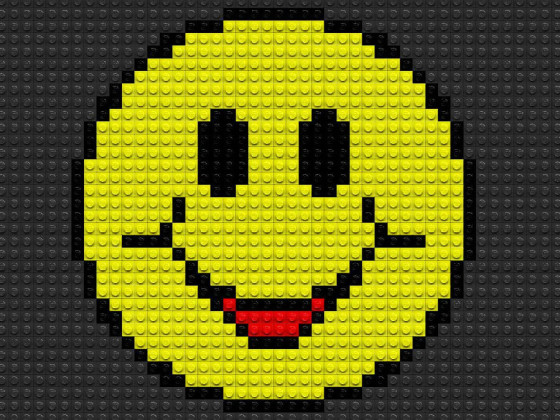
Text/maomaobear
In recent days, Yu Chengdong of Huawei has started shooting again. As for the 2K screen of the high configuration version of Xiaomi Note, he said: "In the selection of high-end mobile phones, I firmly rejected the 2K screen and chose the 1080P screen for the reason of power consumption! For more than 300 to 400 PPIs, it is enough for ordinary people's eyes. After all, people will not look at mobile phones with a magnifying glass! Some of us worry that the promotional specifications are not high enough to make us suffer. Is it meaningful that the so-called high standard of "pit father" deviates from the consumer experience? Instead, the contrast and color saturation should be increased!! "
In fact, the mobile phone screen resolution has evolved from 720P to 1080P. What is the truth about this? Let's make a comprehensive interpretation.
How much PPI is enough?
In fact, the human eye does not have the index of "resolution", so the "visual angle" should be used to evaluate the human eye's resolution.
According to the current research, the theoretical resolution of the human eye is about 20 angular seconds (1 degree=60 minutes=3600 seconds "second"), but the actual resolution is not so high:
For the yellow and green light with a wavelength of about 5000 nm that is easiest to distinguish (the light resolution of other wavelengths will be worse), the one with good eyes (like the Japanese ace pilot during World War II can see stars in the daytime) can reach 1 jiao; Ordinary people with a vision of 1.5, 3~5 jiao; Myopia, hyperopia, and astigmatism.
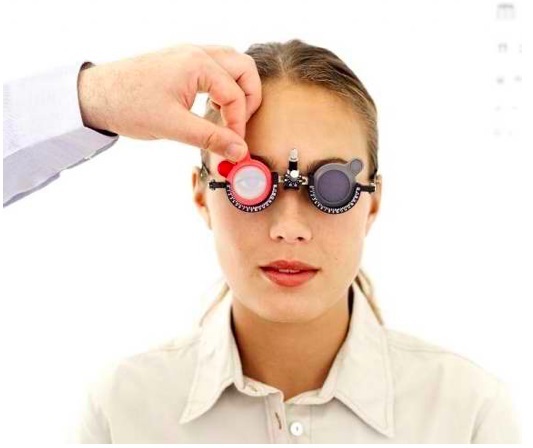
Assuming that the smart phones are used by people with good eyes, we can analyze and calculate according to the resolution of 1 jiao:
1 corner=1/60 degrees=2Pi/(60 × 360)=0.0003 radians, that is, the minimum point distance visible at 1 meter is 0.3 mm; Correspondingly, if a screen is placed at 1 meter, its resolution should be sufficient if it reaches 1 inch/0.3 mm=25.4/0.3=85 ppi;
Of course, you don't always put every kind of screen 1 meter away from you: if the screen is close to you, the resolution needs to be increased accordingly; If the screen is far away from you, you won't feel bad when the resolution is reduced;
Now let's calculate what level of resolution should be achieved under the typical use distance of various screens:
Mobile phone: generally, the viewing distance is between 25 cm and 30 cm, and the resolution should be 85 × (100/30 ~ 100/25) = 283ppi ~ 340ppi;
Flat panel: generally, the viewing distance is between 40cm and 50cm, and the resolution should be 85 × (100/50-100/40) = 170ppi-213ppi;
LCD TV: generally, the viewing distance is between 2m and 4m, and the resolution should reach 85 × (1/4 ~ 1/2) = 21ppi ~ 43ppi
It should be said that there is some basis for Apple to call 300 ppi the retinal screen. It is unnecessary to pursue too high ppi within the normal viewing distance of the phone. It is not that the technology cannot reach it, but that your eyes are not so good.
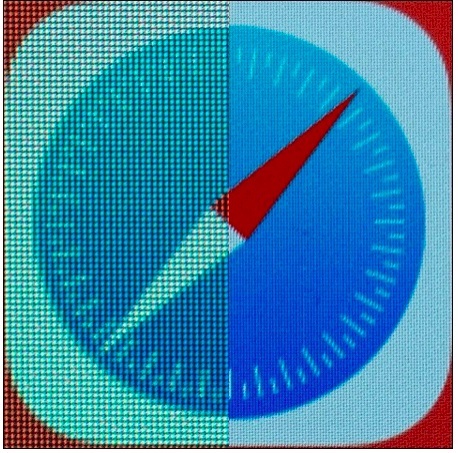
How much resolution is enough?
If 300 ppi is enough and 350 ppi is beyond the limit, the current mainstream 1920 * 1080 screen can support 6-7 inch screens. The 7-inch is already a tablet phone. That is to say, for mobile phones, 1080P resolution is enough. No matter how high it is, most people's eye resolution cannot be seen at normal distance, which is meaningless.
From this point of view, Yu Chengdong is right. As for the 2K screen, it can support 8-9 inch screens. Generally, mobile phones are not that big.
As for 2K screens, even higher ppi screens are popular, which is more necessary for market promotion. Similar to the 8 cores, it is better in theory, but it cannot be felt in normal use. Unless you really have eagle eyes, or stick your mobile phone to the tip of your nose. (If the screen is 10cm away from the eye, you need an 850 ppi screen. The 2K screen is not enough, and the 4K screen can meet your needs.).
What should be mentioned is Samsung's preferred Pentile array. The number of subpixels in this array is only 2/3 of that in the normal array, so the PPI of this screen must be higher to meet the requirements. However, at present, the screens in Samsung's P arrangement are less used. Huawei and Xiaomi's current products are not involved, and the previous theory prevails.
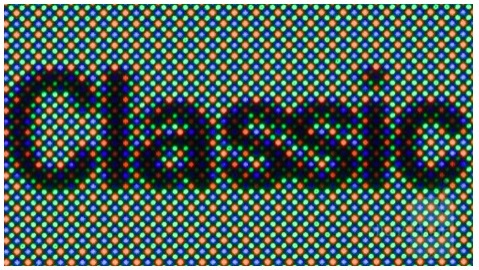
What are the disadvantages of high PPI?
In fact, if there is no harm, the higher the PPI, the better. I just like to stick it to the tip of my nose and watch the screen. Why?
However, high PPI comes at a cost. The principle of LCD screen we usually use is that there is a backlight layer at the back and a liquid crystal layer at the front. The liquid crystal layer blocks the backlight layer and forms the image we see with color filters.
The higher the PPI, the higher the density of the occluded liquid crystal layer. If the same brightness is reached, the backlight behind will be stronger, which means more power consumption. Mobile phones are also sensitive to power consumption.
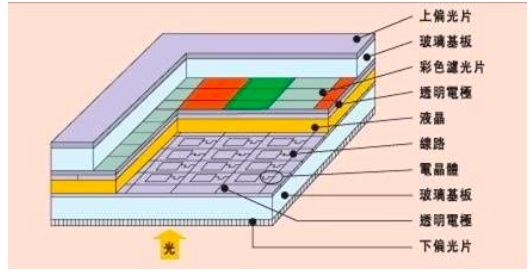
The result is that either the mobile phone manufacturer chooses high PPI, but reduces the brightness, color gamut and other indicators of the screen as a compromise, or the mobile phone manufacturer refuses to compromise and increases the battery capacity. Like the DROID Turbo recently released by MOTO, although the 565 PPI has reached the first in the industry, its brightness is only 248 nits
The effect of high resolution on power consumption is not only in brightness.
Higher resolution means that the LCD layer of the screen needs more power to drive. The higher resolution also means that the CPU and GPU will consume more resources to drive the screen when running the program. Memory needs more bandwidth, and these consumption will also seriously affect the endurance.
Don't care too much
Although the 2K screen is unnecessary in terms of experience and has some disadvantages in terms of power consumption, there are still many 2K screen products on the market, and there is no large-scale response to the problem. This shows that the 2K screen still has vitality under the current technical conditions.
The 2K screen needs to consume more power, but the mobile phone battery is no longer 1500mah or 2000mah. 3000mah or even 4000mah batteries are not sensitive to the extra power consumed by the 2K screen.
As for Yu Chengdong, who jumped out to attack the 2K screen, there was no big news from other homes. The main problem was Huawei's CPU.
The memory bandwidth of the Kirin 920 self-developed by Huawei is 12.8GB/S, while the memory bandwidth required for a smooth 2K screen is about 14.8GB/S. The 2K screens of other household Snapdragon 801 and 805 are also available. Multi point power consumption plus batteries are enough.
However, if Huawei goes to 2K, there is not only a problem of power consumption, but also a problem of smoothness, so Yu Chengdong will jump out.
Therefore, consumers have no choice but to use 2K screens. The current technology can be used or not. Although it can't be perceived when using it, it's nice to see the 2K parameters. The current battery capacity is enough to cope with the increased power consumption.
Although what Yu Chengdong said is reasonable, he still stands in the perspective of Huawei products, and consumers need not care too much.
Didn't read enough articles? Welcome to follow the WeChat public account of the "Creativity" column! Click the+sign in the upper right corner of the WeChat interface, select "Add Friends", and enter the WeChat signal "sinachuangshiji" of Chuangshiji to follow! (Scan the QR code below as well) We will push 1-3 articles with sharp views on the technology industry every day, and we look forward to your praise or criticism!

(Statement: This article only represents the author's view, not Sina.com's position.)









